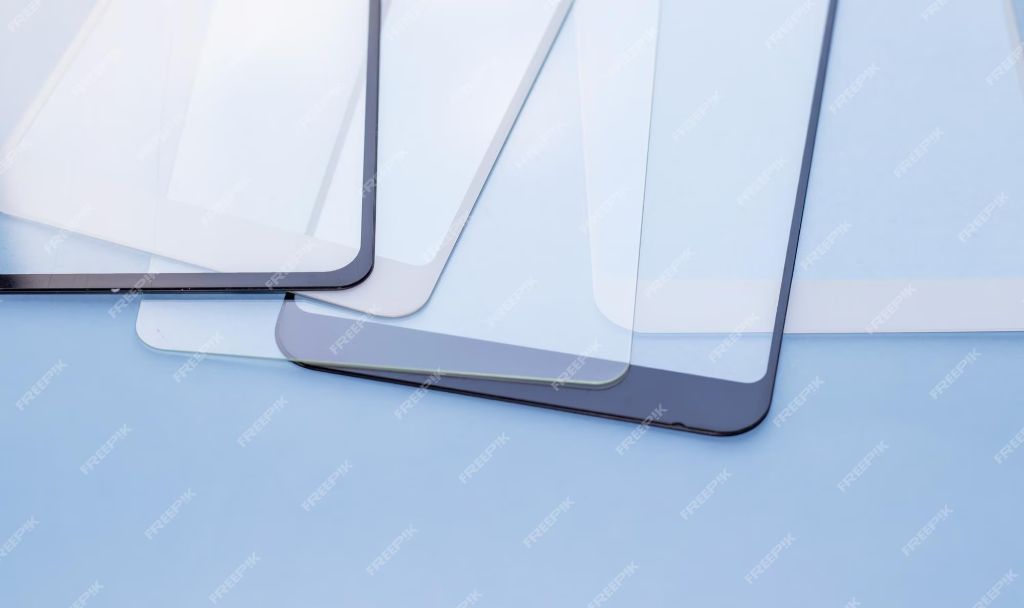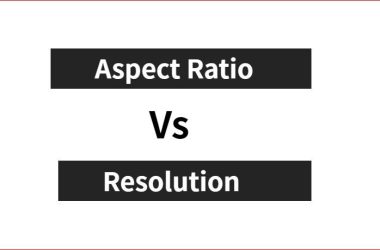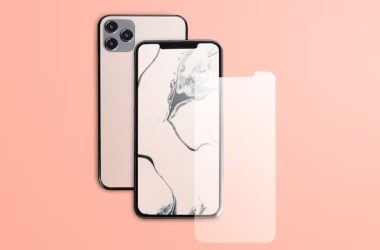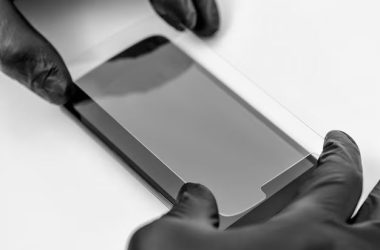Screen protectors are clear plastic or glass films that protect the display screen of mobile devices. They serve an important purpose in safeguarding the display, which is one of the most fragile and expensive components of a smartphone or tablet. Quality screen protectors act as a sacrificial first layer that can prevent the actual screen underneath from getting scratched or damaged. Using a screen protector helps maintain the optical clarity and touch sensitivity of the screen for a longer period. They allow device owners to keep their screens looking new while also increasing the device’s resale value. Overall, screen protectors are a cost-effective way to protect your investment in an expensive smartphone or tablet.
Plastic Film
Plastic film screen protectors are one of the most common and affordable options. They are typically made from thin polyethylene terephthalate (PET) plastic and less than 0.2mm thick. Plastic protectors are very easy to apply – they use static cling to adhere directly to the device screen without any liquid or adhesives. This makes application quick and simple, with repositioning easily if bubbles appear.
Plastic films are very low cost, usually ranging from $5-$10 for a multi-pack. Their low price point makes them a budget-friendly disposable option. Since they are so thin and easily scratched, plastic protectors can be swapped out frequently to maintain a smooth screen surface.
“Plastic protectors get scratched easily and are around 0.1mm” [Source 1]
Glass
Glass screen protectors provide a premium feel and look due to their smooth, clear surface. They are made from tempered glass, which is tough and durable. Glass protects well against scratches from keys and other hard objects. It provides excellent clarity and touch sensitivity since it’s so thin and smooth.
The main advantage of glass is the premium feel it provides. Glass screen protectors mimic the actual glass display of a phone or tablet, providing a seamless look and feel. The surface is extremely smooth and clear. This allows the best display quality and touch sensitivity. Glass feels very solid and sturdy compared to plastic films.
Glass protects screens from scratches and damage. Tempered glass is heat-treated to increase its toughness and crack resistance. The hard surface prevents scratches from forming on the actual device screen underneath. Glass screen protectors usually have a hardness rating of 8-9H, making them suitable for protecting against keys and coins.
The clarity of glass makes it ideal for those who want the best viewing experience. There is minimal impact on display quality compared to other materials. Light transmission is excellent, colors are accurate, and images are crisp. This allows users to enjoy the full resolution and quality of their device’s screen.
While excellent overall, tempered glass screen protectors are more prone to cracking and shattering from drops compared to plastic films. They are also noticeably thicker. The installation process can be tricky if not done properly. Still, glass provides the most premium protection while maintaining a seamless look and feel.
PET Film
PET (polyethylene terephthalate) film is one of the most popular types of screen protectors. Some key benefits of PET film include:
- Shatterproof – PET film is highly shatter resistant. If the screen protector cracks or breaks, the film will stay together to prevent shards of glass from damaging the actual phone screen underneath.
- Self-healing properties – Many PET film protectors have a self-healing top layer. This allows minor scratches to disappear on their own within 24-48 hours as the material reforms.
- Thin and clear – PET film is very thin, usually around 0.1-0.33mm. This keeps the original touch sensitivity intact. It also retains the screen’s clarity and brightness.
- Smooth feel – PET has a smooth surface that maintains the original glass-like feel of a phone screen.
The biggest downside of PET is that it can be less scratch resistant than glass. However, the self-healing top layer helps mitigate this weakness. Overall, the shatterproof nature of PET makes it a great choice for maximum impact and crack protection.
Source: https://ovnonyga.juguojianzhankuaiche.com/
Tempered Glass
Tempered glass screen protectors are made from chemically strengthened glass that has increased shatter resistance compared to normal glass. The tempering process involves controlled heating and rapid cooling to create a compressive stress layer that increases the glass’s ability to withstand impacts.
The main benefits of tempered glass screen protectors include:
- Very protective – The strengthened glass is 4-5 times more resistant to cracking and breaking than untreated glass. It provides excellent protection against scratches and impacts.
- Feels like actual glass – Tempered glass feels smooth to the touch, just like a phone’s original glass screen. Many users prefer this over the plasticky feel of plastic film protectors.
- Optical clarity – Well-made tempered glass is extremely clear and maintains the screen’s original clarity and touch sensitivity.
- Durable – Tempered glass is more scratch-resistant than plastic and stands up well to keys and other abrasions in pockets and bags.
Potential downsides include being thicker/heavier than other options and more prone to shattering if dropped. Installation can also be tricky with proper alignment. But overall, tempered glass provides one of the most protective and high-quality options for screen protection.
Sources:
http://www.fomax-tech.com/news.html
TPU Film
TPU (thermoplastic polyurethane) film screen protectors are known for their flexibility, self-healing properties, and affordability. TPU is a type of plastic polymer that is highly elastic and transparent. Unlike glass or PET film protectors, TPU can stretch and return to its original shape without damage. This makes TPU very resistant to cracks and scratches. When scratches do occur on the surface of TPU protectors, the material is designed to “self-heal” – the scratches essentially disappear over time as the protector returns to its original form.
Compared to other options, TPU screen protectors tend to be very budget-friendly, usually ranging from $5-15 for a multi-pack. The flexibility of TPU allows it to easily conform to curved screens and edges. However, TPU lacks the hardness and scratch resistance of glass, and its soft surface can be more prone to dents and fingerprints. The material also tends to yellow over time with UV exposure. Overall, TPU offers a solid balance of protection and value, especially for users wanting a very flexible and self-healing screen protector on a budget.
A good source for learning more is the TPU protector listing on Walmart (https://www.walmart.com/ip/Screen-Protector-TPU-soft-Phone-Protective-Film-Full-Screen-Thin-Film-Replacement-for-Samsung-Galaxy-Note-20/316639933). The product highlights the softness, thinness, scratch resistance, and high transparency of TPU material.
Liquid Screen Protectors
Liquid screen protectors provide a different approach compared to traditional plastic or glass screen protectors. As the name suggests, they come in liquid form and are applied directly onto the screen like a coating. Once applied, the liquid dries and cures into a smooth, durable layer that protects the screen.
Some key pros of liquid screen protectors include:
- Very thin and lightweight – hardly noticeable once applied
- Smooth, glass-like feel that maintains full touchscreen functionality
- Easy, bubble-free application
- Self-healing properties to repair minor scratches
However, there are some downsides to consider:
- Not as protective against major impacts as glass
- Can wear off over time and need reapplication
- Installation requires a very clean, dust-free environment
Overall, liquid screen protectors provide durable protection in an ultra-thin, easy to apply format. But they may not offer the maximum impact protection of glass. Proper installation is also key to achieving good results. One popular brand is Nano Tech Liquid Screen Protector which applies like a liquid but cures into a smooth, durable finish.
Anti-Glare
Anti-glare screen protectors reduce distracting reflections on your screen to improve visibility. The matte or frosted surface scatters external light and reduces glare. This makes the screen content easier to see, especially in bright environments. According to a source, anti-glare protectors prevent eye strain so you can look at your screen for hours without discomfort or blurry vision.
The main benefit of anti-glare protectors is reduced reflections that improve screen clarity. The matte finish also diffuses light to make the display more uniform. This enhances readability and protects your eyes. However, anti-glare films can slightly reduce sharpness compared to a glossy bare display. They also scatter light from the screen itself, so colors may appear muted.
Anti-Fingerprint
Anti-fingerprint screen protectors are coated with an oleophobic layer that resists smudging from fingerprints and oils on your hands. According to EasyTechJunkie, anti-fingerprint protectors have a transparent layer that “limits scratches to a screen and also resists smudging and fingerprints.”
The anti-fingerprint coating creates a smooth surface that makes it more difficult for oils and moisture to cling to the screen. As Paperlike explains, the coating is designed to “reduce smudging and blotting” on touchscreen devices. Rather than leaving smears and prints behind, an anti-fingerprint protector allows fingers to glide across the surface cleanly.
Anti-fingerprint protectors are ideal for those who want to keep their device screens looking pristine. The coating prevents the gradual buildup of fingerprints that can make the screen appear cloudy. By resisting smudges, anti-fingerprint protectors help maintain the crisp, clear image quality of the screen.
Conclusion
Screen protectors come in a variety of materials, each with their own unique pros and cons. Plastic film protectors are affordable and easy to apply, but not as protective as glass. Glass protectors provide unmatched scratch protection, but can be thicker and more prone to shattering. PET film offers a compromise of durability and thinness. Tempered glass is very strong but expensive. TPU protectors are flexible and self-healing, but not as protective overall. Liquid screen protectors save weight and bulk but require frequent reapplication.
When selecting a screen protector, consider your priorities – maximum scratch protection, durability, thin profile, or affordability. Carefully review each material’s characteristics. An anti-glare or anti-fingerprint coating can also improve visibility. Regardless of material, a screen protector is highly recommended to protect your device’s display.





